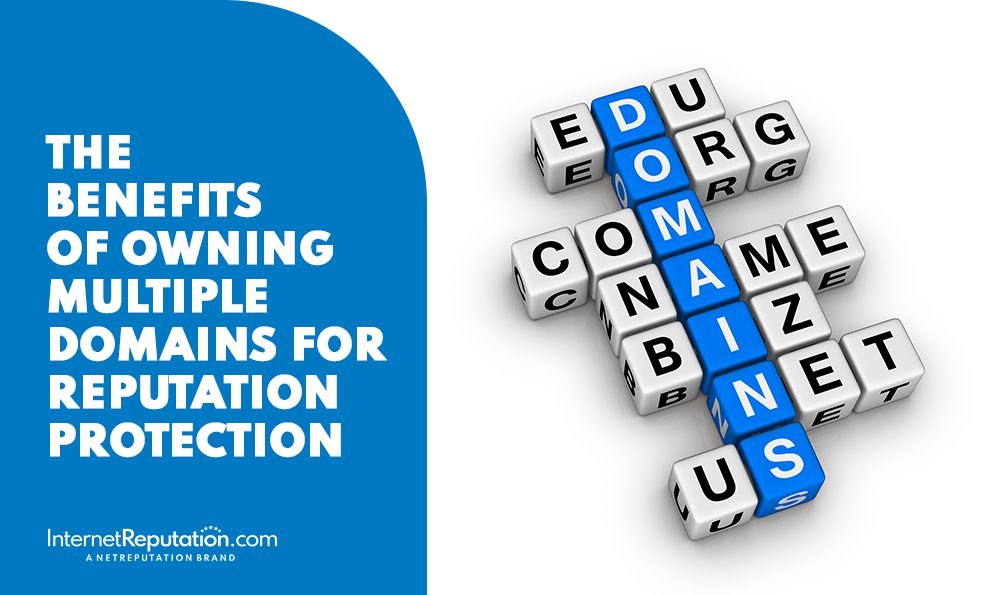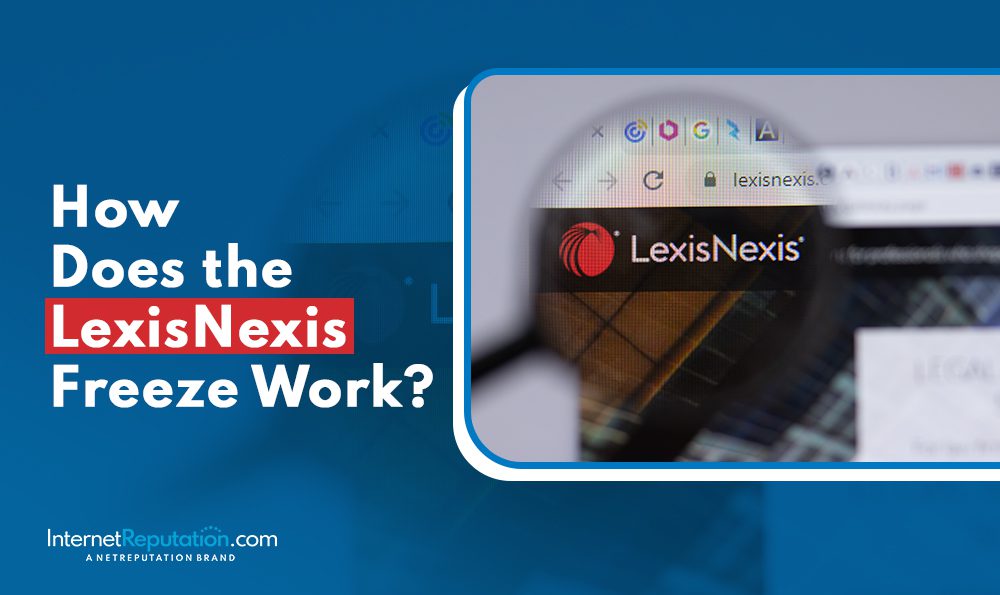What is Reputation Marketing for Your Business?

In a world where reputation is everything, how your business is perceived can determine its success. A reputation marketing strategy helps shape that perception by combining reputation management with marketing efforts. This enhances your brand image, improves search visibility, and boosts sales by leveraging positive customer feedback and online presence.
What is Reputation Marketing?
Reputation marketing is a strategic approach to managing and promoting a brand’s online reputation. It involves acquiring and showcasing positive content to build trust, credibility, and loyalty with potential customers. By combining brand marketing, reputation management, and customer engagement, reputation marketing becomes a powerful strategy for business growth. It amplifies positive customer experiences to attract new customers and foster long-term relationships. Essentially, it turns satisfied customers into brand advocates, boosting its online presence and credibility.
The Importance of Reputation Marketing for Your Business
Reputation marketing helps businesses build and maintain a positive brand image by managing reviews, customer feedback, and social media interactions. It turns customer experiences into powerful tools for enhancing trust, awareness, and success. Leveraging positive reviews strengthens a business’s reputation, improves local SEO, and helps attract and retain customers. Reputation marketing differs from brand marketing, focusing on user-generated content, like customer reviews and testimonials. It also contrasts with reputation management by proactively promoting positive feedback rather than just responding to negative comments.
Reputation Management vs. Reputation Marketing
While often used interchangeably, reputation management and reputation marketing serve different purposes. Reputation management focuses on monitoring and repairing a brand’s online reputation, often in response to negative reviews or crises. It’s a reactive strategy aimed at mitigating damage. Reputation marketing, on the other hand, promotes a brand’s positive reputation to attract customers, build trust, and drive business growth.
Key Differences:
- Reputation management is reactive; reputation marketing is proactive. Reputation management deals with issues as they arise, while reputation marketing builds a positive image from the outset.
- Reputation management focuses on mitigating negative reviews; reputation marketing amplifies positive feedback. The former controls damage, while the latter promotes positive customer experiences.
- Reputation management is defensive; reputation marketing is growth-driven. Reputation management protects the brand, while reputation marketing expands its reach and influence.
Benefits of Reputation Marketing
Reputation marketing offers key benefits, including:
- Stronger brand image: It helps build trust and credibility.
- Increased customer loyalty: It encourages repeat business and brand advocacy.
- Improved business performance: It drives sales and boosts visibility.
- Effective crisis management: It helps businesses respond to feedback efficiently.
By managing customer feedback and online presence, businesses can stand out in competitive markets and foster positive consumer perception.
Builds Trust and Credibility
Reputation marketing helps businesses build trust and credibility, which is essential for success in competitive markets. Managing online reviews, encouraging positive feedback, and engaging with customers creates a foundation of social proof. Positive testimonials act as trust signals, reassuring potential buyers of a brand’s reliability. Responding to feedback also shows that the business values its customers, further strengthening loyalty and boosting sales.
Increases Customer Loyalty
Reputation marketing fosters customer loyalty by encouraging repeat business and turning satisfied customers into brand advocates. Key strategies include gathering testimonials, maintaining open communication, and engaging through personalized outreach on social media. These practices increase trust and nurture long-term relationships, sustaining business success.
Improves Online Visibility and Brand Awareness
Online reputation marketing improves visibility and brand awareness through content creation, positive reviews, and SEO. By generating user content and engaging with audiences on social media, businesses can enhance their online presence and reach more potential customers. This also ensures brands appear prominently in search results, reinforcing their visibility.
Attracts New Customers
A strong brand reputation and positive reviews are vital in attracting new customers. Reputation marketing helps showcase a business’s credibility through customer testimonials, social proof, and active engagement on digital platforms. Highlighting positive reviews encourages potential customers to trust the brand, making reputation marketing essential for growing a loyal customer base and driving business success.
How to Implement Reputation Marketing for Your Business
Effective reputation marketing involves monitoring your online presence, engaging with customers, and using strategies like social media and local SEO to improve your brand’s image. Monitoring reviews allows businesses to respond professionally to concerns, building trust. Encouraging reviews fosters engagement and satisfaction, while social media strengthens connections. Using online directories and local events can boost visibility and enhance brand awareness, contributing to long-term success.
Managing Negative Reviews
Negative reviews are unavoidable, but how you respond can make all the difference. Here’s how to manage them:
- Respond promptly and professionally: Show that you value customer feedback.
- Acknowledge concerns and apologize: A sincere apology can mend relationships.
- Offer a solution: Show that you’re proactive in solving problems.
- Keep responses public: Transparency builds trust with potential customers.
How to Respond to Negative Reviews
When responding to negative reviews, keep these best practices in mind:
- Be concise and professional: Long responses may seem defensive.
- Avoid being defensive: Stay calm to avoid escalating the situation.
- Show empathy: Acknowledge the customer’s concerns and show you care.
- Offer a solution: Provide actionable steps to resolve the issue.
- Follow-up: Ensure the customer is satisfied with the resolution.
Following these steps can turn negative reviews into opportunities to demonstrate your commitment to customer satisfaction.
Common Mistakes to Avoid in Reputation Marketing
Avoiding common mistakes is key to maintaining a positive brand image. Ignoring negative feedback can damage trust and alienate customers. Proactively addressing concerns shows that you value your customers’ opinions. Failing to respond to reviews can create the perception that you don’t care about customer experiences. Additionally, not using social media limits your brand’s visibility. Social media allows for direct engagement with your audience and is crucial for managing your reputation effectively.
How to Measure the Success of Your Reputation Marketing Efforts
Measuring success involves tracking online reviews, customer engagement, and conversion rates. Monitoring feedback provides valuable insights into customer behavior, allowing businesses to adapt their strategies. Engaging with reviews builds trust while analyzing metrics like social media interactions and search engine rankings, which offers a clearer view of your brand’s perception. These insights help businesses enhance their reputation and drive long-term success.



